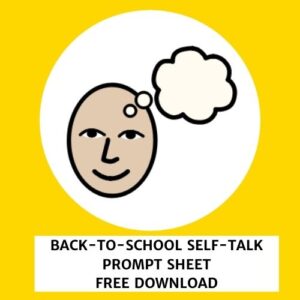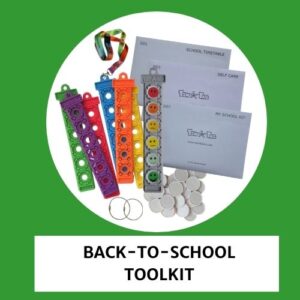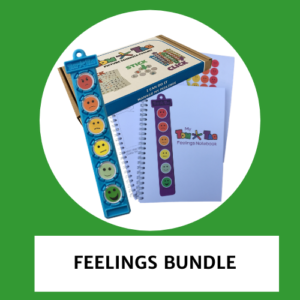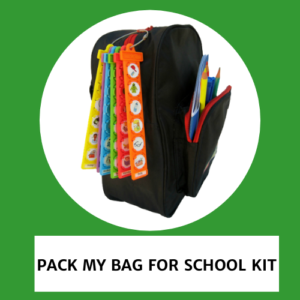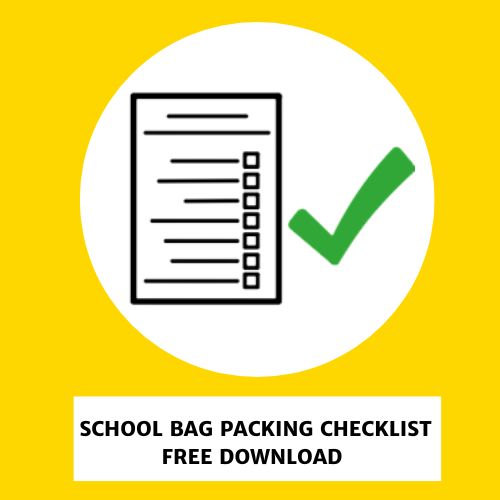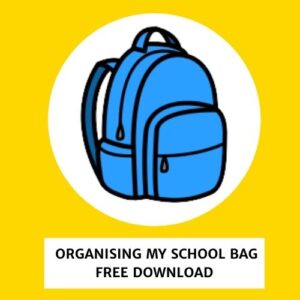Dyslexia is most commonly understood as a condition that causes difficulties with reading. It is less well known that dyslexia can also impact on organisation and time management skills, which is sometimes referred to as executive functioning.
What are the signs?
A child with dyslexia who has executive functioning issues may have difficulty:
- remembering to take to school everything they need for the day
- being organised and preparing their kit in advance
- sticking with an activity and not being distracted
- understanding what day of the week it is and what different things they need to do each day
- remembering their routine and prioritising the tasks needed to get ready for school
What can you do to help?
There’s lots you can do to help a child with these issues. Here’s just a few ideas:
- Get into a regular routine and stick to it. Children who struggle with time management often feel more secure and less anxious with a familiar routine.
- Make checklists to break down a task or routine into smaller steps. Visual prompts work better than verbal reminders as they are constant and consistent.
- Use calendars and planners – colour-coding often works really way to identify regular activities and highlight special events.
- Encourage development of organisational skills with lots of repetition, reminders and practice.
How could TomTag help?
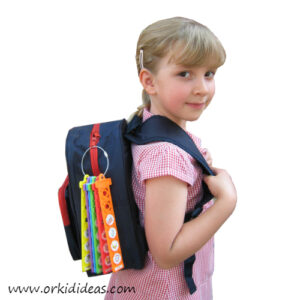 TomTag is ideal for all children with dyslexia as the picture symbols we use are easily recognisable and don’t rely on a child’s ability to read for TomTag to be effective.
TomTag is ideal for all children with dyslexia as the picture symbols we use are easily recognisable and don’t rely on a child’s ability to read for TomTag to be effective. - Make morning and evening routine reminders for tasks that need to be completed and the order they should be done using an I know what to expect – morning and evening minikit or for more varied options try these kits I can do it self care skills or I know what to expect at home
- Create a school bag packing checklist using the I can do it pack my bag for school kit that will remind them exactly what they need to take to school each day, and bring home again.
- Take advantage of TomTag’s colourful tags by colour-coordinating checklist and routine reminder tags with any planners, calendars or charts that you’re also using.
Useful resources:

